Having an attendance policy not just increases transparency and accountability but is also a legal requirement. Did you know that policies may vary by state? And what are the different elements of creating an attendance policy? How do you create one for your small business? OK, enough with questions – now let me share answers. I have written a detailed blog on everything you need to know about creating a good attendance policy.
I have included the following,
- What is an attendance policy?
- Why is it important to have an attendance policy for your startup?
- List of the different elements of an attendance policy?
- What are the steps involved in creating an attendance policy?
- What methods should you use to track attendance (especially remotely)?
- Disciplinary actions/ corrective measures while dealing with an attendance policy
- What is an attendance bonus and how does it help?
- How to create an attendance policy on asanify?
- Conclusion
- FAQs
What is an attendance policy?
An attendance policy is a set of rules and regulations dealing with the attendance of employees in an organization. It includes everything right from reporting time, paid offs, disciplinary actions for not adhering to the policy etc.
It is basically a document that tells employees what is expected of them when it comes to attendance. You should make the policy detailed and include everything that employees need to know about attendance management. Some companies even go a step further and talk about good attendance bonus in their policy. You should include the attendance policy in the employee handbook with other company policies.
Why is it important to have an attendance policy for your startup?
Now to the big question- why is it important? What difference does an attendance policy make? At the end of the day, doesn’t it come down to the kind of employees you hire and their level of professionalism? Well, that may be true, but a good attendance policy ensures better adherence to the norms and helps maintain discipline. It also,
Increases accountability, transparency and hence productivity
When employees know that you are tracking their attendance, they will automatically start taking it more seriously. As a result, productivity also goes up. When there is a rock-solid policy in place, there will also be transparency in terms of the hour put in by each employee on a daily basis. Hence, you will be able to keep track of which employees are working hard and doing their job and which employees are slacking off, are consistently late or abandoning the job altogether.
Knowing all this also helps put in place necessary disciplinary measures, which in turn help reduce tardiness and absenteeism (I will talk about all these concepts a little later in this blog, so read on).
Helps maintain fairness across employees
No one likes a company where some employees are always walking in late or clocking out early, or not showing up at all, while some other employees are constantly picking yo their slack. With a good attendance policy in place, you will be able to ensure fairness through0ut the company and ensure employees on average share the workload evenly.
It helps keep an eye on company culture
What does company culture have to do with attendance? Pretty much everything! When a company has people walking in late on a regular basis, not showing up for work etc. it results in a constant failure to meet deadlines. When that happens, people start taking deadlines for granted. As a result other employees also take on a laid back attitude that makes a huge, negative impact on productivity.
If all this is left unchecked, you will eventually end up with corporate culture with zero discipline and ethics. A good attendance policy apart from a leave policy is one way to manage this problem.
List of the different elements of an attendance policy?

Now that we know why an attendance policy is very important, here’s a list of elements that need to include and described in it.
Absenteeism
Absenteeism by definition means staying away from work without good reason. You need to also make a checklist of things that do not count as good reasons and include them in the policy. Things like-
- Waking up late
- Traffic or public transport delays/issues while travelling to work (post-pandemic of course)
- Bad weather (excluding severe weather, cyclones etc.)
- Public holidays that haven’t been pre-approved
However, good, genuine reasons could the following-
- Illness (to be proven by doctor’s certificate)
- Illness or sickness or dependent family member
- Last-minute emergencies (accidents or unforeseen circumstances that are unavoidable)
Shift timings
Transparency about the official in and out times with break hours helps maintain discipline.
Weekly Work days and Weekend offs
Some companies have weekly Saturday-Sunday off while others may have only Sunday off. In fact a company may also have alternate Saturday offs. In some cases, these shift allotments vary across locations and even within the same location. So maintaining the assignments manually may become a chore. However, the total weekly work hour and overtime requirements need to be specified due to legal considerations. These regulations may also vary by location.
Tardiness
No one minds when an employee leaves early on a Friday even or comes in late one day. When this happens rarely, it’s acceptable. But when an employee does things like this on a regular basis, it gets categorised as tardiness. This can cause disruption in the workplace and can lead to a major drop in productivity. Tardiness includes-
- Coming in late for work regularly
- Leaving early or clocking out earlier than the normal, stipulated time
- Taking longer breaks that what is acceptable
No-call no-shows
This is when an employee doesn’t show up for work and don’t even call to inform about the same. This can be particularly dangerous because when you know a particular employee isn’t going to show up, you can plan accordingly and either re-assign the work or plan something else instead. But when an employee just doesn’t show up, you are pretty much left hanging with wasted time.
Your policy should also mention how long in advance they need to call in and let you know they aren’t coming in before it is considered a no-call no-show. For example- ‘If an employee doesn’t report their absence at least 60 minutes before the beginning of the shift, it will be considered a no-call no-show.
Job abandonment
Very often people confuse job abandonment with no-call no-shows. But, job abandonment is when no-call no-shows happen at least 3-4 times over a specified period of time. This is when it slowly starts becoming a habit and can even have a negative impact on other employees.
When you deal with job abandonment, a strict policy should be in place, either zero tolerance or some corrective measure.
What are the steps involved in creating an attendance policy?
Now that you know what has to be included in an attendance policy, here’s a step by step detailed explanation on how to create one
Don’t overcomplicate things
While creating a policy, it is important to stick to more generic rules that other companies usually apply. Research a bit about regular attendance policies and try to incorporate whatever possible from there. If you try to add vague terms, many new rules, or if your policy is constantly changing, it will only end up confusing your employees. Hence it will completely defeat the purpose.
Try to stick with regular norms and keep it simple. Be sure to define all elements and factors in the policy so as to not leave anything open t interpretation
List the designated holidays
Mention a list of designated public holidays and pre-determined leave to avoid any confusion about the same. You can also check out our blog on public holidays for 2021 to see which ones are mandatory.
Define the different elements of the attendance policy
In the previous section of the blog, I spoke about the different elements of an attendance policy. All of that needs to be added to the policy. Click here to go back and check it out!. Talk about
- What counts as absenteeism
- What doesn’t count as a good reason for absenteeism
- Which events would you consider as emergencies
- Define tardiness, no-call no-shows and job abandonment
- Clarify the difference between approved and unexcused absences
- Make sure employees know how the attendance is calculated and what the disciplinary actions are for not abiding by the policy. (I have spoken about both these points in the next section of the blog)
Mention details about how to request an absence
Every company might have different methods and procedures in place for an employee to request an absence. Ideally, the employee needs to send a letter both to the supervising manager as well as to the HR responsible for the department. You need to do this for two reasons
- To ensure the reason for the request is known to the manager and HR
- For documentation purposes for future reference
Apart from this letter with the request, many companies also ask for some kind of proof, like a doctor’s certificate in case of illness (employee’s or dependent family member’s) related absence.
Ensure the approval of senior managers
Once you’ve gone through all the above steps and formulated a good leave policy, you might want to run it past some of your senior managers. This is to ensure that senior employees agree with the policy and also to confirm that the details you mention in the policy aren’t too strict or rigid.
Keep an open mind. Be willing to make adjustments to the policy as other managers see fit.
What methods should you use to track attendance (especially remotely)?
There are few methods that you can implement to ensure proper tracking and measuring of attendance.
Use an HRMS for attendance policy
When you integrate your system with an HRMS, you make it very simple for employees to mark and track their own attendance. They can easily clock in and out on their own through the software and hence reduce the hassle for the manager. An HRMS also automates generation of most frequently required attendance reports.
By doing this, the employee will also be able to keep a check on their own attendance record and how well (or not) they are adhering to the policy. At the same time, managers will also be able to supervise the attendance trend of multiple employees at once without any problem.
Introduce a points system
The points system allows you to objectively look at all your employees’ attendance related behaviour as a whole at the end of every month or year (based on how your plan it). For example, chart out a list of actions or violations and how many points are given for each. Meaning,
- 3 cases of tardiness = 1 point
- Every absence with request = 1 points
- Every no-call no-show = 2 points
- Any case of job abandonment = 3 points
For any of these to be applicable, you need to have first described what each of these elements mean.
Once you’ve decided on the points, you need to work on the next step. After collecting how many points does disciplinary action need to be taken? Read on to find out!
Disciplinary actions/ corrective measures while dealing with the attendance policy
The next part of this blog focuses on how to deal with people who do not follow your attendance policy. While deciding on disciplinary actions, you need to remember that your employees are at the end of the day human. Don’t set corrective measures that are too stringent that will end up making your employees think they are in school. At the same time, too much leniency, and your employees will take your company for granted. This will also make a big difference to your employer reputation.
So, how do you strike the right balance? Consider company culture and what your want it to look like while formulating the policy.
What are the types of disciplinary actions?
There a few disciplinary actions that can be taken against employees who do now abide by the policy. I have listed them down in order of most lenient to most stringent and strict. You could implement them in any combination or gradually shift from one to the next based on the severity of the violation.
- Verbal warning
- Written warning
- Meeting with the supervisor to try to understand the cause of policy violations
- Suspension without pay
- Termination of the employee in question
While implementing these you should also remember that sometimes, genuine issues like the loss of a loved one or chronic illness of a family member may cause increased tardiness or absenteeism. It is up to you as an employer to make sure you reach out to the employee in question to try and understand the problem before taking any drastic measures.
Mention the consequences of attaining a certain amount of points
Earlier we spoke about a point system. I had said that each employee will receive a certain amount of points for various violations. Here’s how you can categories them
- 3 points = Verbal warning
- 5 points = Written warning
- 8 points = Meeting with the supervisor to try to understand the cause of policy violation
- 10 points = Suspension without pay
- 12 points = Termination of the employee in question
Reset the points to zero after regular intervals. This differs from company to company, but 6 months is a good time frame.
What is a good attendance policy for bonus and how does it help?
This is the part where you figure out a way to reward your employees if they follow the policy well. A good attendance bonus is basically when you provide a bonus to your employees who have a good attendance record- pretty much as the name suggests. So,
Things to keep in mind while deciding on a good attendance bonus
A good attendance bonus motivates employees to maintain a good attendance track record. As a result, employees about staying out of the office or taking longer breaks unnecessarily. When employees try their best to keep their attendance in a good place, productivity increases. As a result, deadlines are met faster. The work culture improves and helps have a positive impact on work.
Remember that while you put a minimum cap on the hours each employee needs to work for, putting a maximum limit is also important. This is because, good attendance bonuses can also sometimes make employees come into work when they are unwell, if the policy is written well, such problems won’t arise.
- It is important to highlight what is good attendance and also specify that extra overtime, beyond certain limits will also be considered bad.
- Discourage employees from working when they are ill or when dependant family members are ill
- Clearly specify the reasons for leave that will not be considered as absenteeism or tardiness (example, pregnancy, illness, death of a loved one, weather issues like cyclones etc)
What are the bonuses that one could receive if attendance is good?
There are many different things that can be done while providing bonuses. Say for example, if an employee scores 3 or less than 3 points across 6 months, then at the end of those 6 months, they could get 2 extra paid leaves for the next 6 months.
Or, if an employee scores 6 or less than 6 points across the year, then they will be given a gift valued at a certain (fixed) amount.
How to create an attendance policy with asanify?
Here’s how you can create an attendance policy for your employees using asanify
- Go to the ‘policy’ section on the ‘attendance’ page
Asanify offers many features, attendance policy management is one of them

- Create a new policy
You can create a new policy by clicking on the create policy button as shown in the previous image
- Add policy details
You can add details like policy name and description after creating the policy. This is also where you add information about the maximum and minimum hours to worked etc.

- Add details about working days
You can then add details about which days of the week you expect employees to come in to work as well

- View policy summary
You can view details that you have added to the policy and even go back to edit and make changes

- Click on the create button as seen in the previous image to create the policy
- You can either assign the policy to a new employee or remove existing employees from the policy

- Your employees can then simply either ‘clock in’ or ‘clock out’ from their home screen itself
This will allow you to easily track attendance even from a work from home scenario

Get started with Asanify’s attendance management system
Attendance policy – Conclusion
Creating an attendance policy can be tricky. It is always important to be as detailed as possible to avoid any confusion. Remember to create a policy that treats your employees in a way you would want to be treated. After all, your employees are humans. If your rules are too harsh and stringent, they will slowly lose interest in working for you and that in itself is very dangerous. So striking a good balance between strictness and leniency is important.
FAQs
An attendance management policy is a policy that helps track and maintain your employees’ attendance. It includes details about what counts for absenteeism, tardiness, job abandonment etc. while highlighting disciplinary actions for violating the policy as well
On average, 4-5 is the number of absent days taken by an employee. So any number below that is acceptable. Whereas, absent days as high as 8 or 9 in a year would be considered completely unacceptable.
Very often, companies that have an attendance policy in place require employees to provide a doctor’s note as proof of illness. This not only serves as proof but also as documentation for future reference.
Not to be considered as tax, legal, financial or HR advice. Regulations change over time so please consult a lawyer, accountant or Labour Law expert for specific guidance.

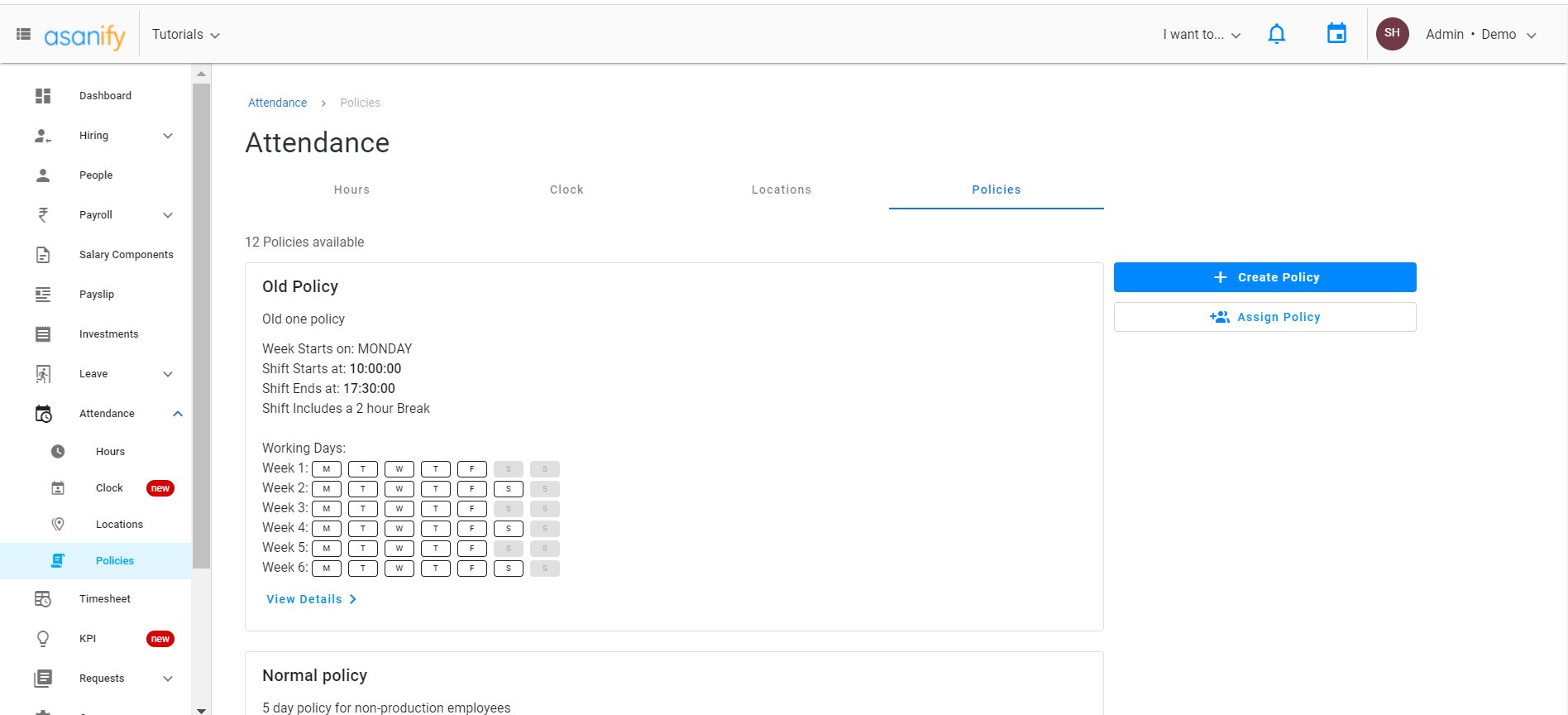
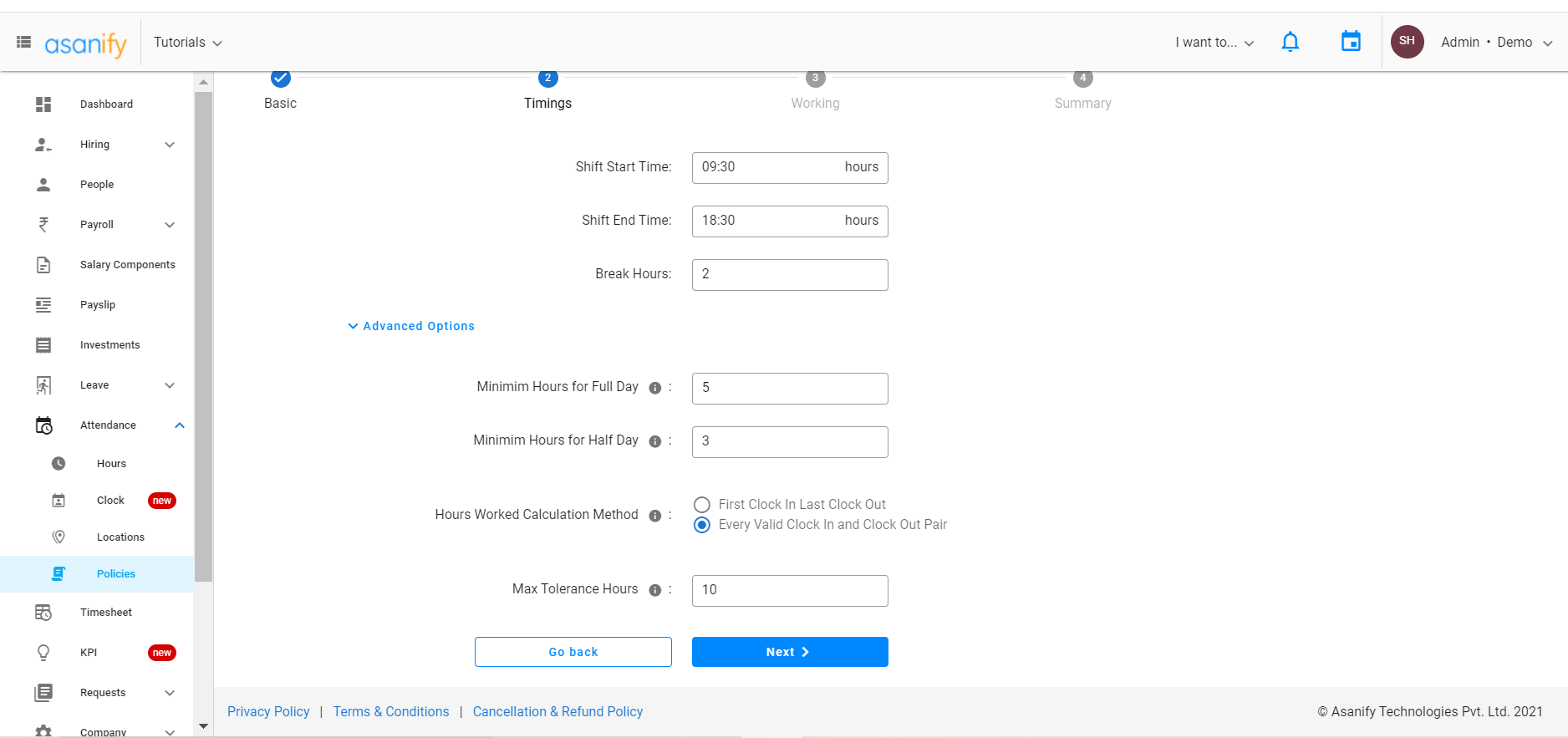
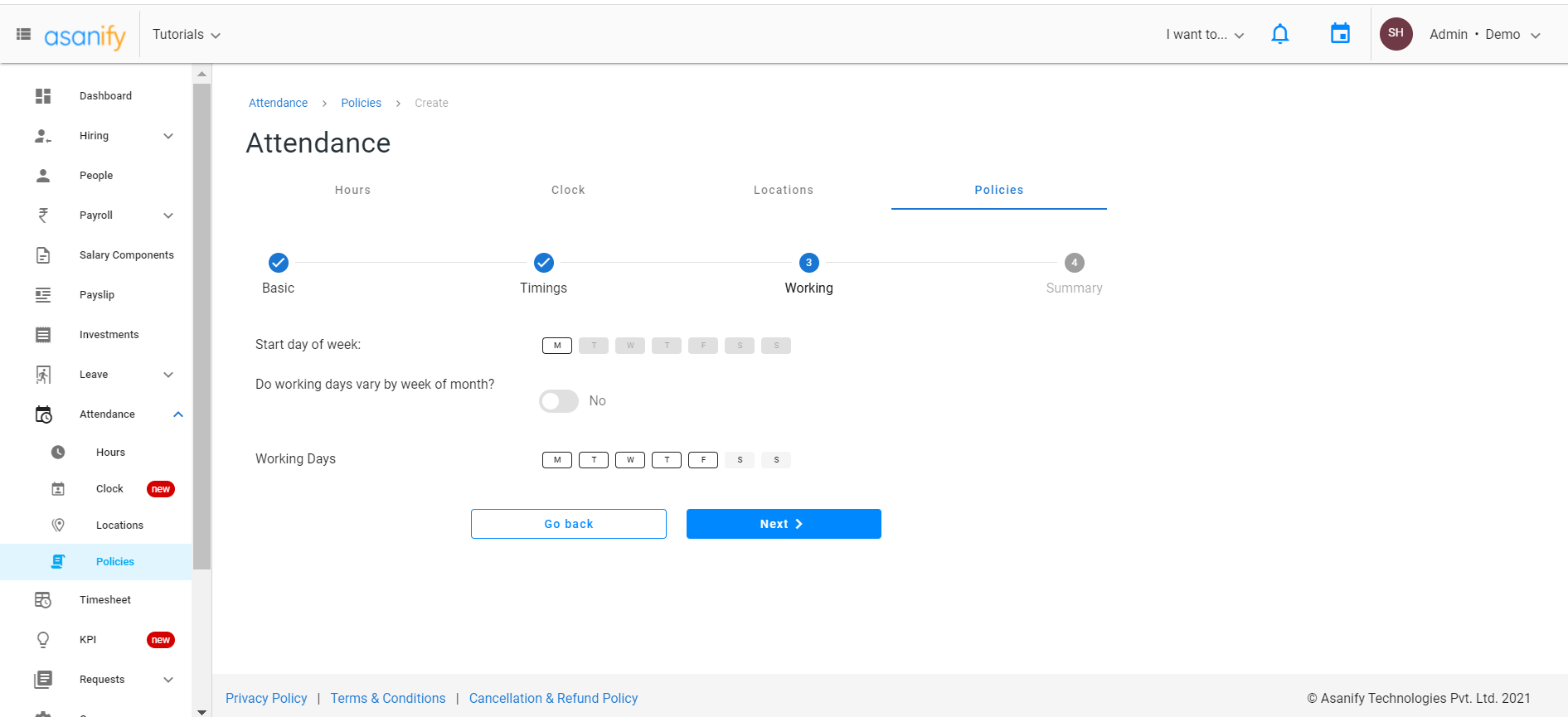
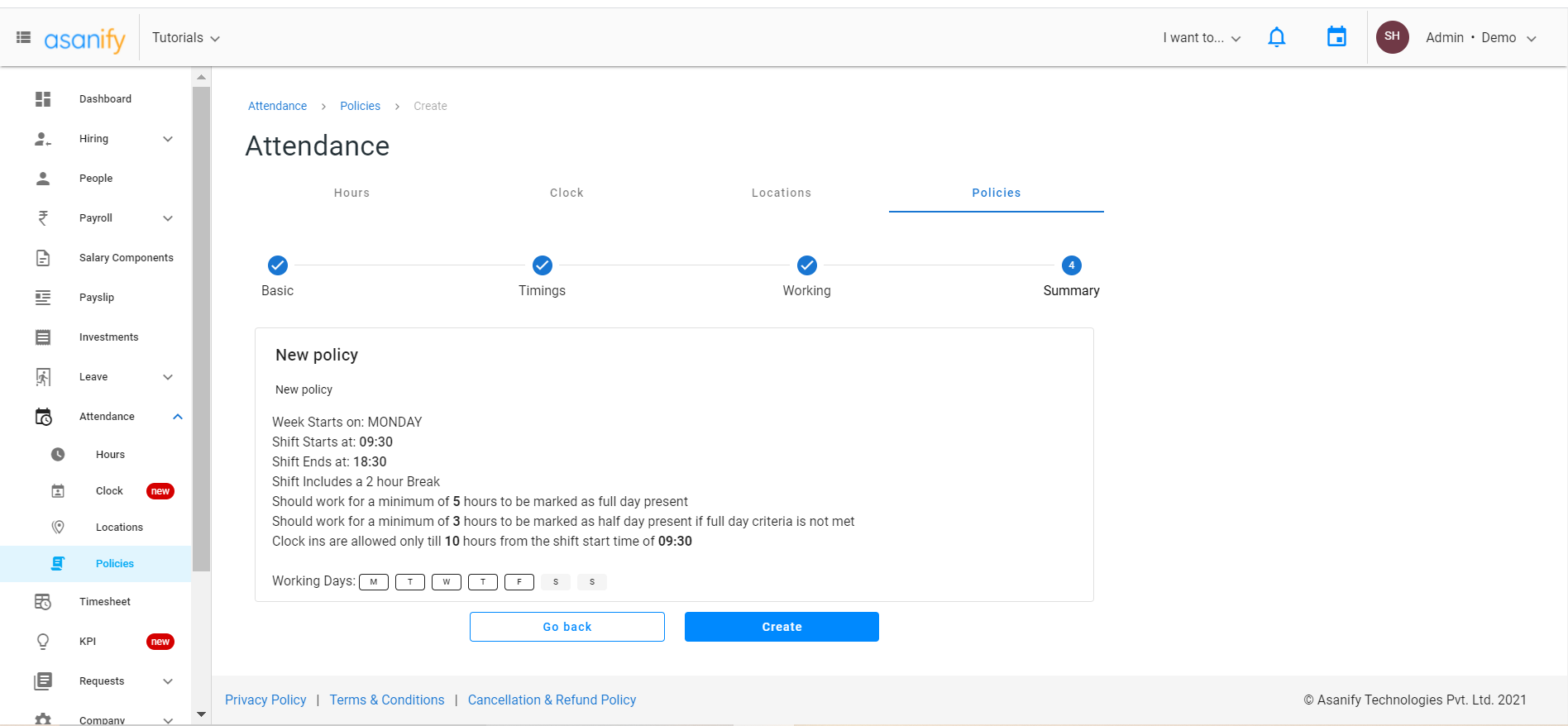
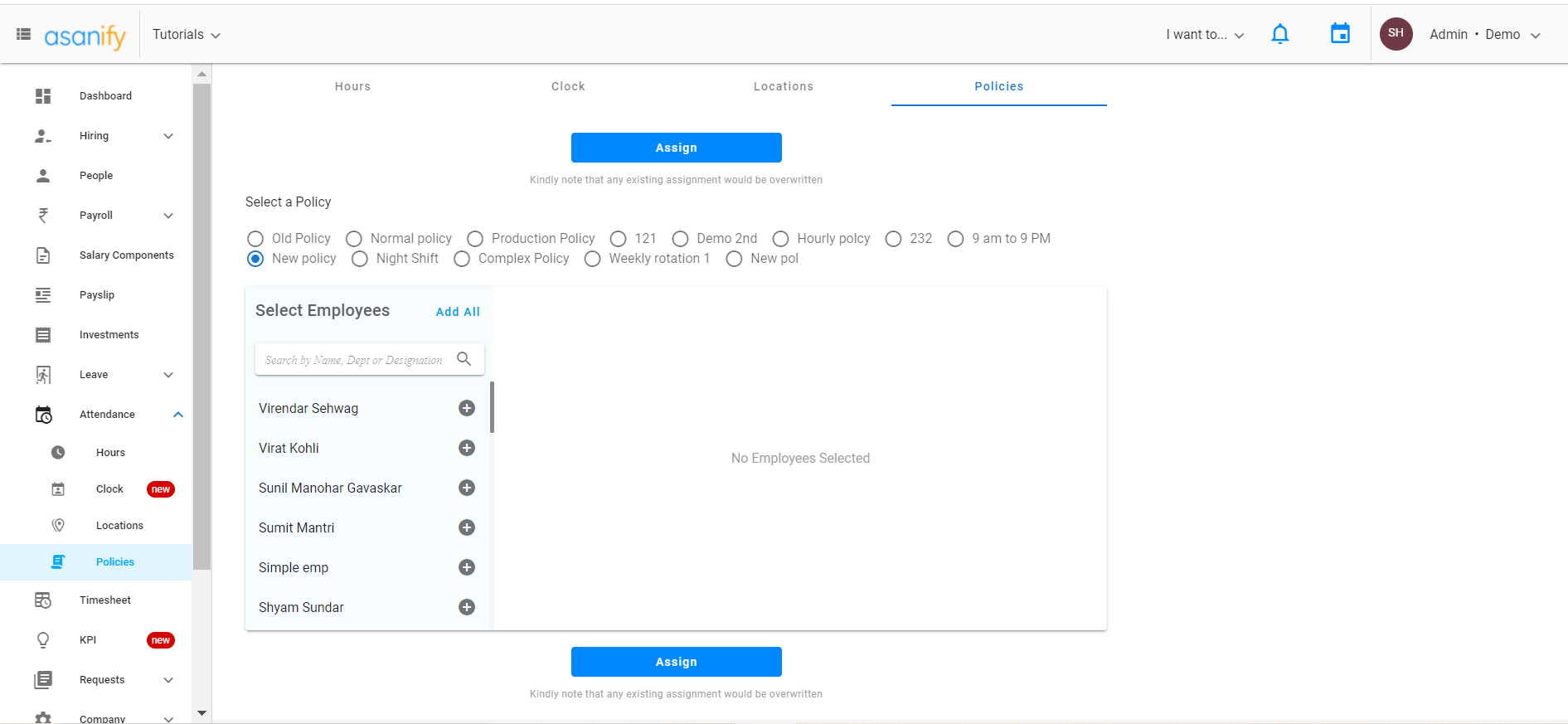
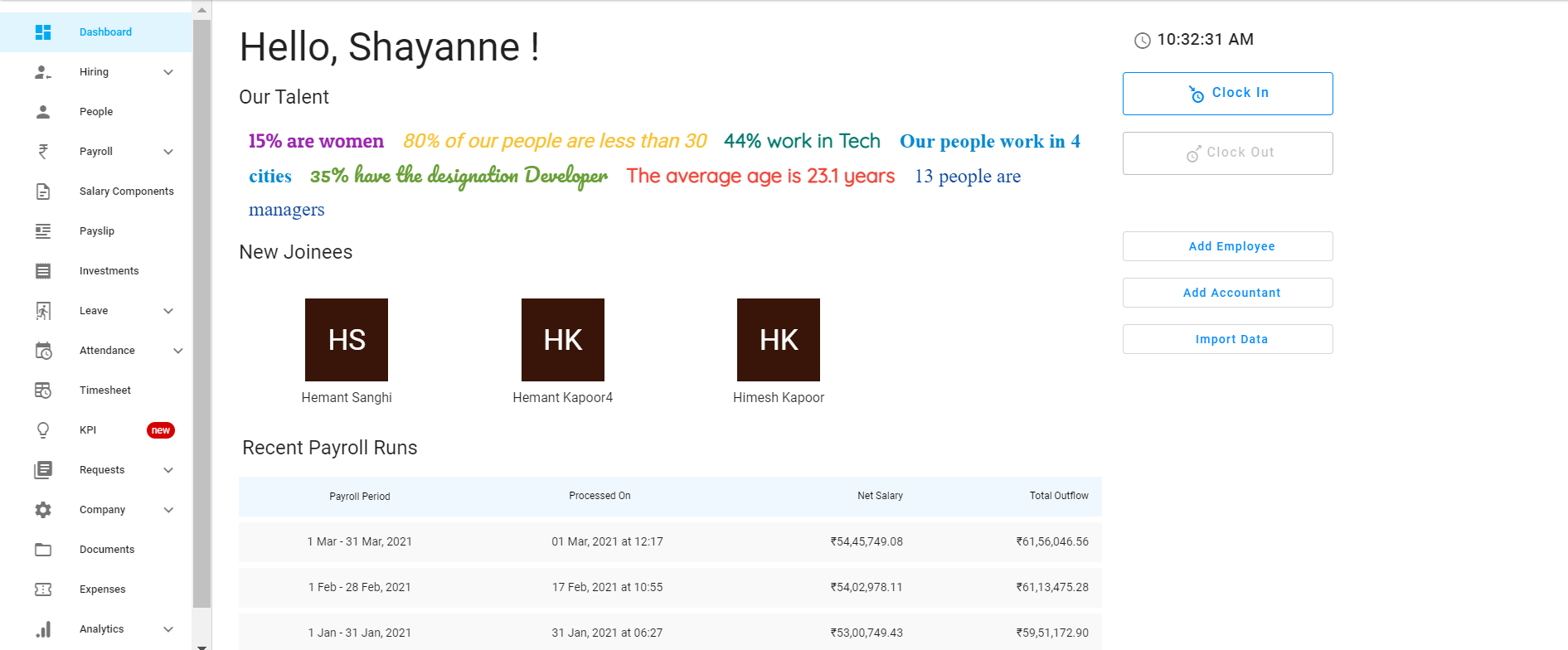


![Read more about the article What is a Relocation Policy? All you need to know [template]](https://media.asanify.com/wp-content/uploads/2021/01/04194045/alex-mecl-18gIbWGdbNk-unsplash-300x300.jpg)
